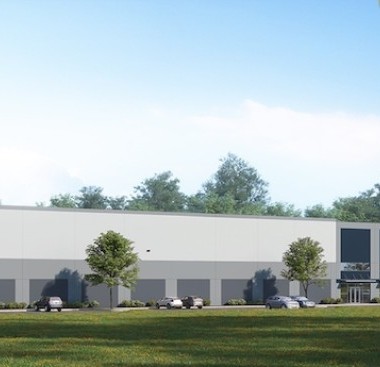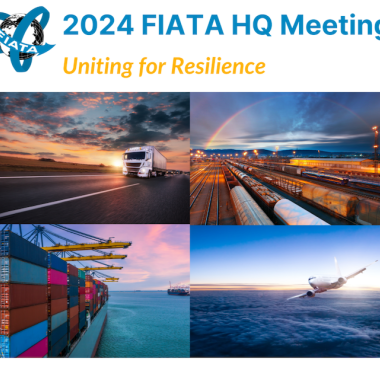Competition for container cargo growing between Canadian East Coast ports
Amidst low global economic growth and trade trends plus service adjustments by ocean carriers, Canadian ports on the east coast are increasingly competing against each other for container business. At the same time, they are attempting to keep in step with their peers on the U.S. eastern seaboard through infrastructure investments to meet supply chain demand.
The Port of Halifax is facing rising competition from the Bay of Fundy Port of Saint John, which has benefited from recent substantial capacity investments and from Canadian Pacific railway’s acquisition of the Central Maine & Quebec Central Railway in 2020. For its part, Montreal, Canada’s second biggest port, must contend with various initiatives taken by the Port of Halifax to capture more strategic Midwest cargo.

Port of Montreal
All sectors combined, the Port of Montreal posted a 2% decline in volumes compared with 2022, with a total of 35.2 million tonnes of goods handled in 2023, reflecting the impact of a global economic slowdown.
Container volumes fell in the high single digits to 1.54 million TEUs versus the year-earlier 1.7 million TEUs. This decline was mainly due to a decrease in imports linked to lacklustre consumer and construction sector demand. Despite the economic. Exports by Canadian companies to the rest of the world managed to remain at levels similar to 2022.
Nevertheless, some container markets continued to grow, notably Asia, which increased 4% over 2022 imports, as well as those from Ontario and the Midwest, which grew by 2% and 8% respectively on the export market.
In the first quarter of 2024, Montreal’s container numbers were still showing a declining trend, though less severely – with throughput to end March down 2.4% at 353,025 TEUs.
On the infrastructure front, the port plans over the next five years to invest from its own funding $335 million in its various facilities on the Island of Montreal and about $300 million in the Contrecoeur expansion project to increase container capacity by 1.15 million TEUs.
In this connection, the federal government last fall announced funding of $150 million for the Contrecoeur terminal project whose cost has reportedly ballooned from C$950 million to over $1.4 billion. At the same time, the Montreal Port Authority (MPA) indicated that it will be completed under a new delivery model after the procurement process has been cancelled with three previous shortlisted bidding groups.
The process had included the total package of terminal construction work and its operation 40 miles east of Montreal on the St. Lawrence River. The federal contribution adds to the $300 million already pledged by the Canada Infrastructure Bank and $130 million from the Quebec government. Under what has been described as a hybrid approach, the Montreal Port Authority said land side works will be carried out by a private partner, while in-water works (including dock construction and dredging) will be undertaken by the MPA with partner support.
The initial completion date of late 2026 for a terminal with capacity of 1.15 million TEUs to go on stream is expected to be adjusted to possibly beyond 2027 sometime in 2024 when more details emerge on an eventual operator.
Last February, the Montreal Port Authority (MPA) announced that it has entered into an agreement with Contrecoeur Terminal Constructors General Partnership (CTCGP), formed by firms Pomerleau (a major Canadian construction firm) and Aecon, that will assist the MPA in the design of the in-water works for its Contrecœur expansion project through a progressive design-build approach.
Under the collaborative DB approach, the contractor (in this case, CTCGP) and the master builder (the MPA) will work closely together throughout the project’s development phase to finalize the design and arrive at an estimated schedule and cost for the project works.
The agreement was the first major initiative piloted by Jule Gascon, who become the port’s new president and CEO on February 12. “We look forward to delivering on this ambitious vision for the future of Canada’s supply chains, and better serving our businesses and our community,” she said.
Shortly afterwards, Gascon announced corporate changes to, in its words, allow the organization to achieve its strategic ambitions and solidify relationships with clients and partners in the ecosystem, as well as enable the Port of Montreal to play its key role at the hub of Canada’s supply chain.
Previously quarterbacking the Contrecoeur project, Paul Bird became Chief Commercial Officer with a mandate to advance a unified vision of commercial and territorial development for the Port of Montreal. He will be closely supported in his mission by Guillaume Brossard, Vice-President, Development, Marketing and International Relations, and his current team. Bird will also be supported by Benoit Viens, Senior Director, Real Estate and Environment, and his teams, along with a Senior Project Director who will be appointed to pilot the Contrecœur project.
Port of Halifax
The deep-water Port of Halifax crossed the 600,000 TEU annual throughput threshold for the first time in 2022. A total of 601,700 TEUs moved through Halifax’s containerized cargo terminals, PSA Halifax Atlantic Hub, and PSA Halifax Fairview Cove.
Capital expenditures included $7 million in government funding to build a $15 million marine container examination facility aimed at markedly reducing inspection turnaround times.
Last November, PSA Halifax unloaded two new mega-ship cranes for its Atlantic Hub terminal in the south end of the port. They will be added to the five existing port-Panamax cranes – thereby permitting the terminal to handle the largest container vessels deployed on the North American east coast. By the end of 2024, the new equipment will have expanded PSA Halifax capacity from 1.1 to 1.4 million TEUs.
Full-year figures just released show containerized volume dropping to 546,000 TEUs. “We welcomed more than 100 Ultra-Class vessels, and saw a return in cruise visits, but like other Canadian ports and ports around the world, we continue to navigate the effects of inflation, general consumer and economic weakness and geopolitical challenges that impact containerized cargo,” said Paul MacIsaac, Senior Vice-President, Port of Halifax.

Port Saint John
Amongst the top five of Canadian ports in total volume, handling some 27 million tons (chiefly oil products), Port Saint John has in recent years seen its container throughput benefit from total investments of about C$500 million in infrastructure and supply chain upgrades along with the growing presence of such global carriers as Hapag-Lloyd and Mediterranean Shipping Company and the launching of an international intermodal service by what is known today as Canadian Pacific Kansas City railway (CPKC).
The Bay of Fundy port and its partners exceeded the milestone of 100,000 TEUs of container cargo in 2022. This was surpassed by a large margin in 2023, with total box throughput reaching 153,000 TEUs, making Port Saint John the sole Canadian port to increase its container cargo last year.
Port chief executive Craig Bell Estabrooks has predicted growth between 150,000 and 200,000 TEUs in 2024.
This upward momentum has followed the recent completion of the Westside Terminals Modernization Project enhancing capacity to 325,000 TEUs and attracting significant private investment in the process.
Improvements include a 345-meter berth, the addition of new refrigerated towers, dredging of the main channel to be deeper and wider and an expanded intermodal yard. Terminal operator DP World has invested in two new post-Panamax cranes – bringing the total to four at the port.
“In many ways, Port Saint John and our region are entering a bold new era,” has affirmed Estabrooks. “With our partners we’ve created a new global gateway in Saint John and in New Brunswick.”
In essence, Port Saint John is in the midst of a concerted campaign to bolster its position as an Atlantic maritime gateway to Central Canada, the U.S. Northeast and Midwest.
Similar Stories
BND Commissioner Ralph Cowen completes final term
After more than a decade of dedicated service, Ralph Cowen, Commissioner, Place 1 of the Brownsville Navigation District (BND) concluded his final term. Cowen did not seek reelection in the…
View Article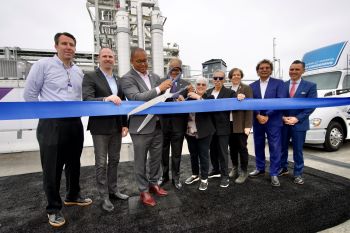
Renewable energy project powers port with hydrogen
View Article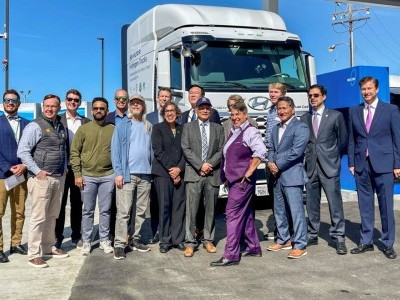
Port of Oakland celebrates hydrogen-powered trucks project
View Article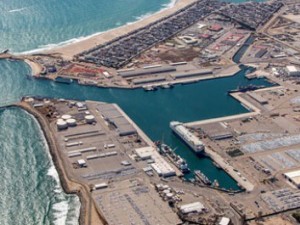
Port of Hueneme signs green automotive shipping corridor agreements
View Article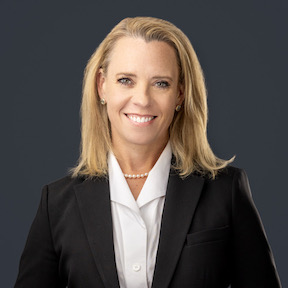
Whalen joins TRAC as EVP, CLO
View Article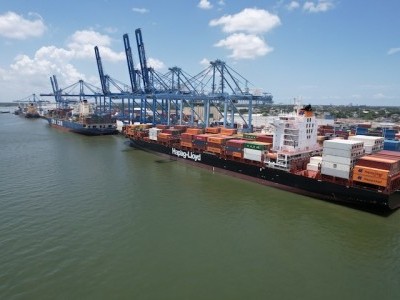
The Port of New Orleans announces record container growth
View ArticleGet the most up-to-date trending news!
SubscribeIndustry updates and weekly newsletter direct to your inbox!


